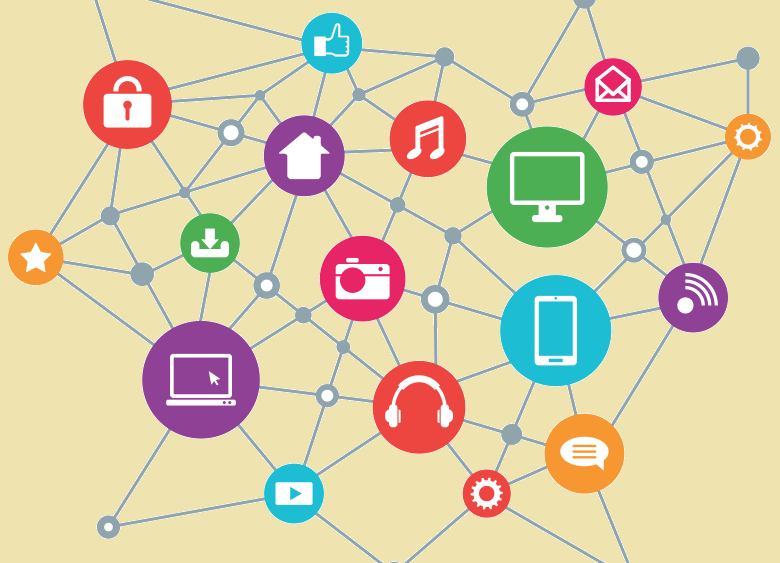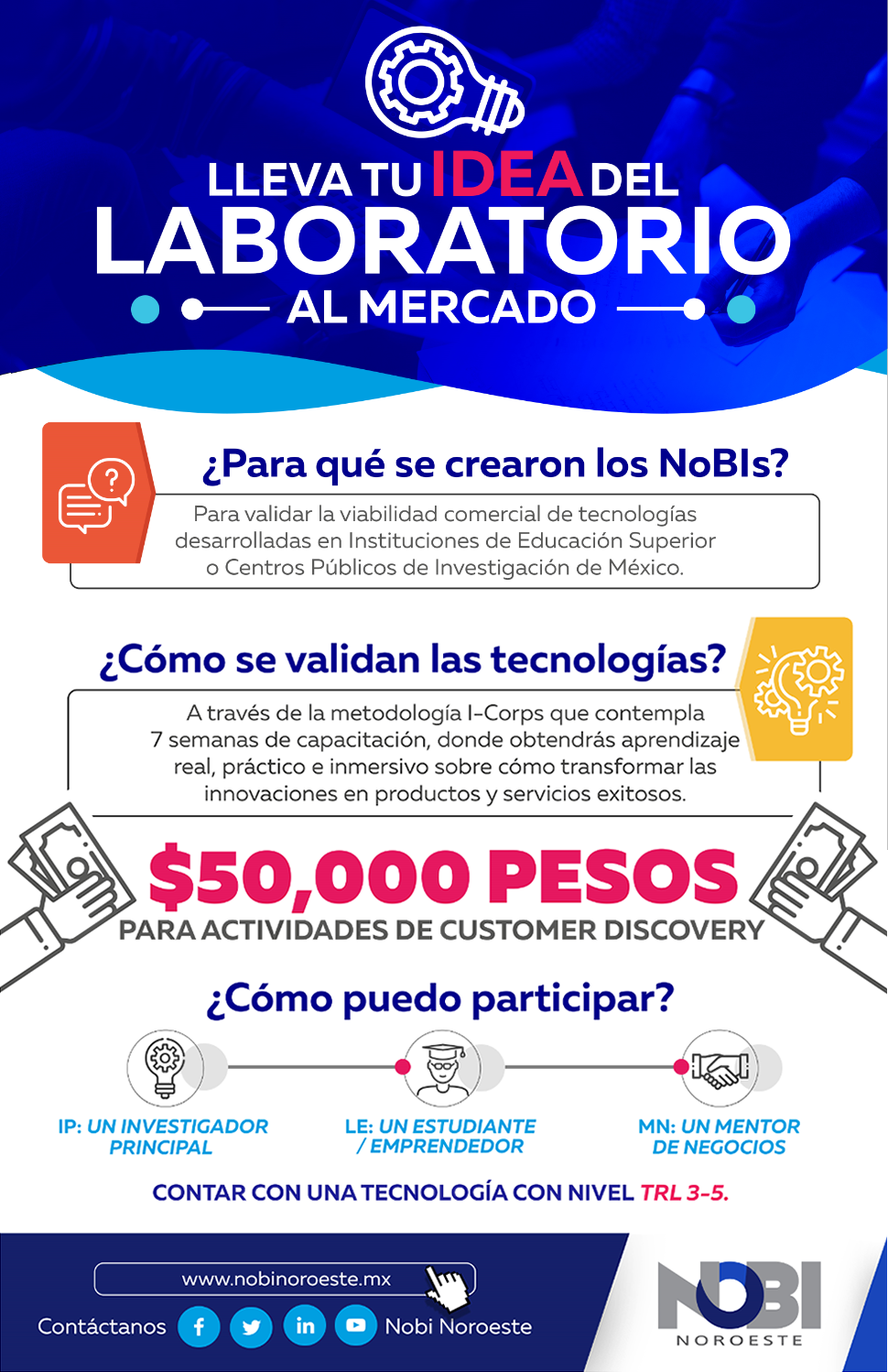In 2016 we talked about technologies such as artificial intelligence, internet of things (IoT), 3D printing, wearables, big data, computational vision, user’s environmental experience, among other tendencies of the scientific-technological world. This #MdCTI —the first of 2017— we will address a technology that affects all the others mentioned above and is emerging as a watershed in the technological advances sphere. We are talking about the device mesh, identified by the prestigious consulting company Gartner as the main technology trend for 2016-2020. Why is it so important and how will this peculiar artificial intelligence (AI) affect your daily life? Well, because it will personalize the world for us and will put in our hands all the data we need in order to turn the decision making easier.
Mobile applications won’t be the same: welcome to the post-mobile era!
Nowadays we are used to an interaction centred in some mobile devices that, at most and thanks to the cloud, allows us to access to information we have generated or saved in it (multimedia, documents, contacts…). The device mesh pretends to change this: end-points (mobile devices, smartphones, electrical appliances, automobiles, IoT sensors in general and many other devices we use to access to information and applications) will revolve around the individual. All the end-points will be enabled so they can interact with each other, share information and be capable of present solutions and even make decisions by themselves based on the meticulous analysis of our behaviour (which devices we use, how, when, why…). The implications will range from forget if we must buy milk o when we should take the car to service, to even modify the treatment of a patient or warn and take precautions when he or she is in an early stage of a stroke or a heart attack.
This evolution of the mobile era implies deploying the end-points, during the post-mobile era interactions user-machine and machine-machine will be given more sense. Commonly and on first instance, applications only interact with their own back-end system (the one that implements answers for what is initiated through what the end-points start), the mesh pretends all the end-points related with an user to interact between them, regardless whether they belong to the same back-end system or not. The highest interactivity of the network of devices will allow improving the user’s experience, it will increase the exchange of information and will optimize the work flow. Gartner points out that this new era will bring: «An evolving digital mesh of smart machines [that] will connect billions of things into a continuous digital experience».
Personalized AI that will improve the user’s experience
Gartner predicts that by 2018 there will be six billion of connected devices generating massive information (twenty-eight billions are predicted to 2021), and that is where both the IoT and the mesh come in, because they are presented as the solution to make this interconnected devices safer and also to make them smarter and receptive. «By configuring embedded devices to automatic design updates, network changes and application outlines, we can encourage machine learning, coordination and adaptability to cloud-based environments», they assure.
According with Indusa: «Everything in the network of digital mesh produces, uses, and transmits information with the sole objective of upgrading the user experience standards», information that goes beyond the textual, visual and aural versions, because it includes sensorial and contextual. Through machine learning, the idea is to «create systems that can independently learn to perceive the situation and behave in an appropriate manner, directly reducing human intervention to minimalistic levels culminating a refined and sleek user experience». As these devices continue to collect more data (such as dreams patterns and the steps we make every day), they will continue getting more and more smart, thus providing a user experience more simple and efficient.
Ubiquity + continuity + imperceptibly + AI = a world of possibilities
It is projected that the increase in the number of these connection points will bring along a continuous and ubiquitous connectivity network or mesh around the individuals. It is a unique opportunity for professionals in different fields, as it empowers them to improve the services offered to their clients, like the organization and their employees‘ performance. It is projected that a mesh impact in fields such as:
- Electrical appliances. Making easier a computer architecture that supervise and monitor a server of domestic devices will make possible that the consumer establish off/on in a proper way, which will substantially help to save energy.
- Medical assistance. Inter-compatibility of medical devices will be auxiliary for remote monitoring of patients and safe access to medical records, in order to invigorate the health system sector in general.
- Traffic management. Intelligent traffic lights and control infrastructures will have the ability to take a look at real circumstances on their own. In fact, the autonomous management of intersections is a concept that makes vehicles smart enough to slow down or speed up according to the signals received from the sensors.
- Hotel and travel industry. The use of a coordinated flow between various devices (air conditioners, coffee makers…) will be a system that could react according to circumstances.
Almost all determinant technologies for the years to come (pointed out by the Massachusetts Institute of Technology, the World Economic Forum or the International Consumer Electronics Show) have in common that they are composed or are helped by devices and continuously send and receive information through sensors or algorithms. In general, both wearables and virtual and augmented realities are signalled as great areas of development and emergence.
But how to fit in the mesh without being victim of a cyber or market attack?!
Now, given that we are talking about an emergent technology, it is not mature enough for its immediate massive implementation, these days the benefits are still outweighed by the risks, particularly in security and privacy matters. This paradigm of interconnection and interaction, by connecting a lot of devices, brings along management and security problems; both the information and the devices involved are vulnerable, the risk of robbery or cyber-attacks exist, delicate information of the uses can expose them to different kinds of frauds and extortions.
And, If we wait 2020 to be the year in which the benefits of the device mesh start to be more evident and the number of users dizzily increases, it is necessary to pay particular attention to the inclusion, which remains a pending issue in connectivity: more than half of the world population is disconnected, they don’t even count with internet access.
Regarding legislation: «The device mesh is really about how different devices talk to each other. This is going to require greater open standards. However, many devices may have restrictions, whether through technical restrictions or contained in their legal terms of use, that prevent inter-connectivity», points out Callum Sinclair, director of Technology from the recognized firm of lawyers Burness Paull. That third party technology be compatible will make easier for your iPhone to communicate with your Samsung fridge and your Nest thermostat without a problem.
In addition to the above, there are challenges like: analysing this enormous amount of information collected, assuring the permanent availability of the mesh and handling its topology. «The concept requires that each device to talk to each other and connect in a wireless network. The idea is to allow for a very reliable connection, as there are potentially millions of devices connecting within one “mesh”», Joanna Currence assures.
The lightness of an existence à la carte
Summed up, the challenge is to regulate and to establish the requirements that allow the technologies to reach their maximum potentials, at the same time that the products are created and designed in a way that guarantees they are safe to use, reliable and enjoyable for consumers. First of all, some lawyers suggest to evaluate the implications for every application or project that these have for the user: «… what data is being shared by the device, how it is shared and what impact this is likely to have on the individuals concerned».
Despite the fact that with the advent of post-mobile era existence à la carte and the lightness of human life may seem to reach another level in the alienation of our species, in reality, what the device mesh does is to offer the unprecedented opportunity to revolutionize the actual way in which we access the applications we use and the information we need or how we interact with people, social media, governments and organizations. It will depend on us to leave the fridge where it belongs, in the kitchen floor, as Ernesto Sabato would say, alluding to the overvaluation of technology in our daily life and the dependence we have developed.
In theory, saving us from buying groceries online, controlling the air conditioner thermostat, turning on the coffee maker, turning off the lights and a long etcetera, would reduce the stress of modern life and will leave us more free time to dedicate to —insert here whatever makes you happy—. And, you know?, if you have used apps like Pokémon Go, blippAR, Field Trip, WAM, you are already part of the mesh.
Witten and translated by Belem Ruiz (Edition and Communication, PIT-UAS).



 Parque Científico Tecnológico, Universidad Autónoma de Sinaloa © 2015
Parque Científico Tecnológico, Universidad Autónoma de Sinaloa © 2015